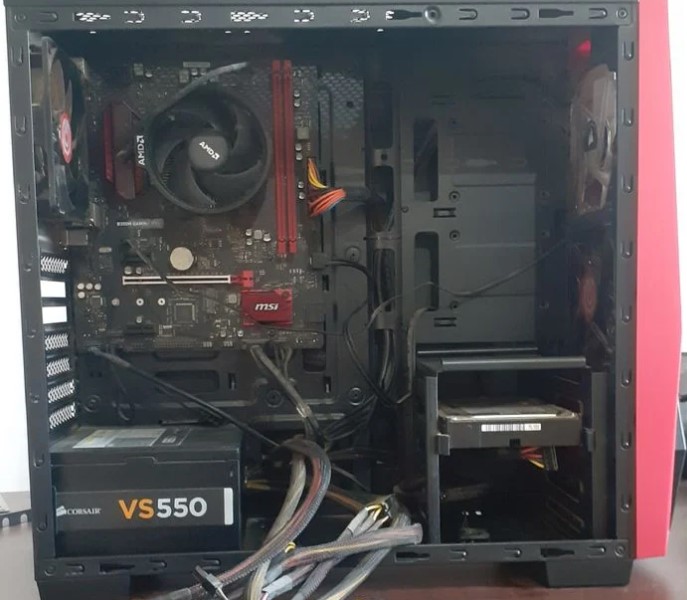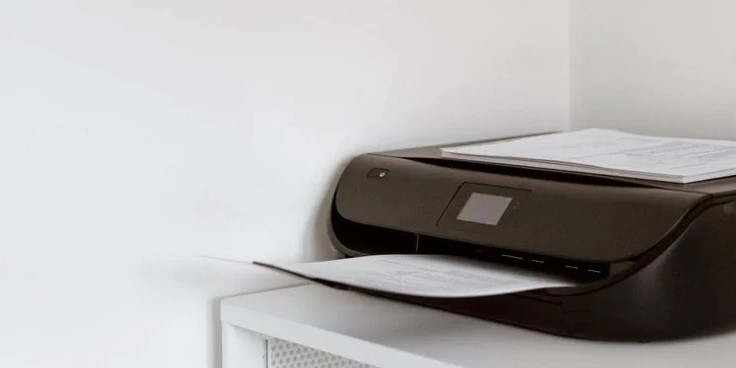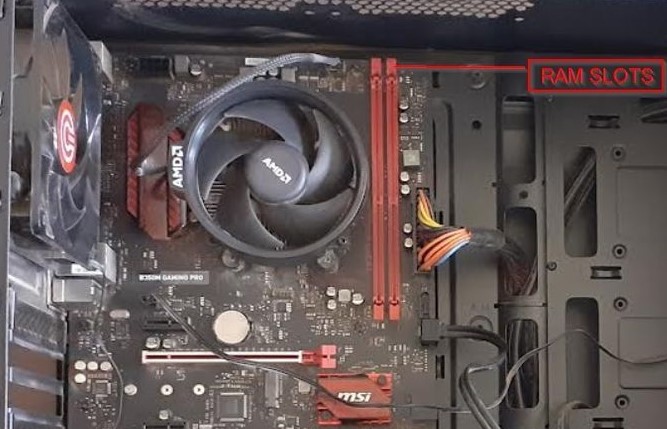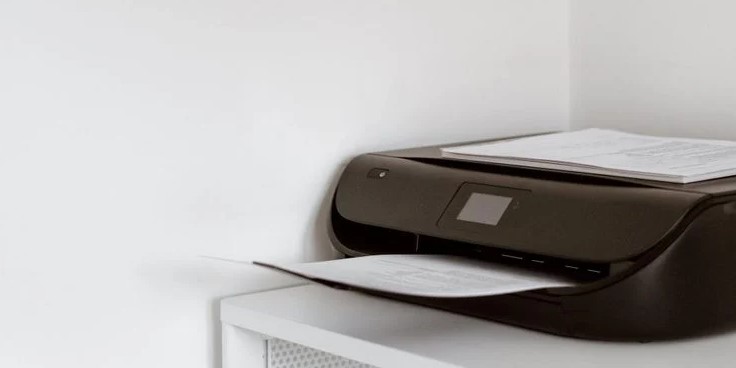Your computer sends it every time it starts. But what happens when it’s not POST? Can you fix it?
When you turn on your computer, something important happens before you see anything on the screen. This is called a power-on self-test (POST). POST basically checks that all components of your computer are working properly. These include input devices, RAM, CPU, motherboard and graphics card. Your operating system loads after all components pass the POST.
But sometimes you run into a POST error and it’s always good to know how to deal with it.
How to Identify a POST Error
A false self-sufficiency test can often be easily identified. There are two main symptoms of POST failure:
You hear a frequent or intermittent beep each time you turn on the computer. Some motherboards also have LEDs that blink when a POST error occurs. See the motherboard manual for safety.
Your computer will turn on but will not load the OS. If you have any of these symptoms, the POST process may have failed. The next step you need to take is to think about what component may be causing the problem. Fortunately, motherboards have audio codes to help you detect the problem. You can deal with the problem effectively.
Although the audio codes vary by manufacturer, you can find them in the motherboard manual or on the official website. However, some audio codes are common to most manufacturers.

After determining the cause of the POST failure, refer to the fixes listed below to resolve the problem.
1. Double Check if All the Components Are Compatible

Incompatible components are one of the main causes of POST errors. Make sure that components such as RAM, motherboard, CPU, and graphics card are compatible with each other. In some cases, it may be necessary to update the motherboard firmware before installing the CPU.
It is always a good idea to run the assembly through a website such as PCPartPicker to check for inconsistencies.
2. Disconnect Newly Installed Hardware

One of the first things you need to do to detect POST is disconnecting the newly installed hardware. In many cases, your hardware may be incompatible with your computer, leading to POST. Turn off all new peripherals and devices, such as scanners or keyboards. After disconnecting them, restart the computer to see if the error persists.
Also, make sure that devices such as printers are plug and play (PnP) before connecting and starting up the computer. Most new devices must have PnP enabled. If not, start your computer first, and then connect these devices. Finally, make sure you have downloaded and installed the latest drivers for trouble-free operation.
If you are sure that the hardware is compatible with your computer, it may be defective, leading to a POST error.
3. Remove USB Drives, Discs, and Input Devices

If you have more than one USB drive or disc inserted in the computer, remove and restart the computer. In addition, disconnect all input and output devices, such as keyboards, mice, projectors, and printers. After you follow these steps, make sure that your computer starts correctly.
If your computer starts up as usual after performing this step, check each peripheral individually. Just plug in your mouse and start your computer. When it starts, do the same with the keyboard and so on. This way, you will know which device is causing the problem. There will also be a time for the computer to start when each device is connected separately. This usually indicates a compatibility issue between the peripherals connected to the computer.
It is also a good idea to disconnect all LAN cables and external Wi-Fi and Bluetooth adapters.
Swap RAM Slots Or Reinstall the RAM

Random Access Memory (RAM) errors are one of the main causes of POST failure. This is usually easy to fix if you know how to navigate your computer. If you are using two RAMs, try replacing the slots to see if the computer starts. Also try starting a computer with only one RAM module installed.
If your computer starts up as usual, you can check the BIOS to see if it is properly configured to use dual-channel memory. If your RAM is more than five years old, there may be a problem with the image.
Re-slot the Power Cables and Check the PSU

POST failure can also be caused by a faulty power supply (PSU) or missing power cords. To resolve this issue, you must first disconnect all other cables from the system board, including peripherals such as the mouse and keyboard. Leave the power cord connected. Gently the CPU and motherboard make the connection. Disconnect and reconnect the power connectors until they lock. This may require some strength on your part.
Make sure your PSU has enough power to power your computer. If you have a midrange computer, it is a good idea to have at least a 550W PSU. If you have enough PSUs and the problem persists, it may not work. In this case, replace the PSU. Do not attempt to repair the PSU yourself.
POST Error Resolved
In most cases, POST failures can be easily resolved using the above methods. However, if the problem persists, you should contact your local IT professional. It is not good to try to repair individual computer components yourself, as they are dangerous. You can do more harm than good.
